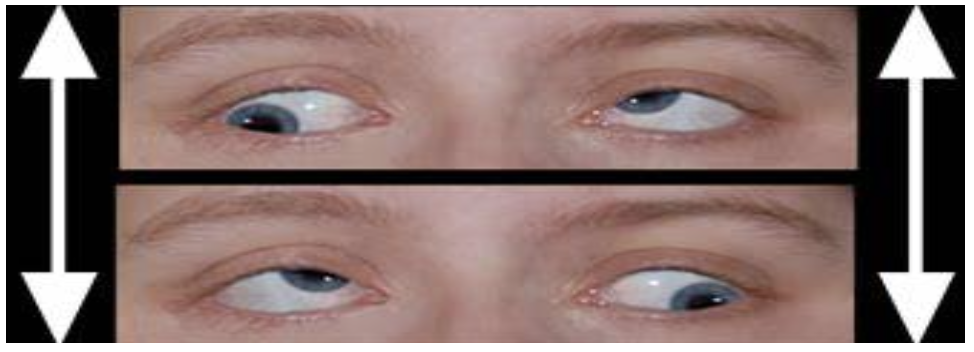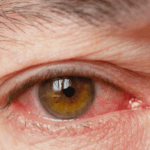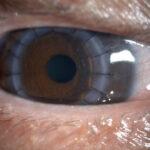Nystagmus is an eye condition where the eyes move rapidly and are unable to control. The areas of the brain that control eye movements are not working properly. There are three types of movement of nystagmus which are horizontal nystagmus (moving from side to side), vertical nystagmus (moving up and down), rotary nystagmus which move in a circular motion. This eye condition usually happens in both eyes and can occur in children or adults. The speed of movement may vary, it can be fast or slow and shake more in a certain direction. Therefore, you may have noticed nystagmus patients will tilt or turn their head to see clearer. This is because it helps to slow down the eye movements.
Types of nystagmus : Congenital and acquired.
Congenital nystagmus
Congenital nystagmus normally occurs in infants at the age of 6 weeks to 3 months old. It likely affects both eyes by moving horizontally (side by side). Congenital nystagmus causes are yet unknown, but sometimes it might be due to inheritance.
Acquired nystagmus
Acquired nystagmus usually occurs later in life. It can be caused by serious medical conditions, drugs or alcohol consumption.
Generally, children with nystagmus don’t feel their eyes shaking but notice some blur of vision. Unlike adults with nystagmus will often feel shaky when looking around.
Cause of nystagmus
In some cases the cause of nystagmus is still unknown. In other cases, nystagmus can be caused by other eye conditions.
Possible nystagmus causes :
- Family history of nystagmus
- Albinism
- Certain eye disorders in infants or children (etc. congenital cataracts and binocular anomalies such as strabismus)
- Multiple sclerosis
- Inner ear problems (etc. Meniere’s disease)
- Trauma or head injury (common happens in younger people)
- Stroke (common happens in older people)
- Alcohol or drug consumption
- Use of certain medications (etc. lithium or anti-seizure medications)
Symptom of nystagmus
The main symptom of nystagmus is that eyes move rapidly and are unable to control. The movement usually is side to side. It also can be up and down or circular motion. The speed of movement can vary fast or slow and shake more in a certain direction.
In addition, other nystagmus symptoms may include:
- Dizziness
- Photophobia (sensitive to light)
- Having difficulty seeing in dark environment
- Blur of vision
- Turned or tilted head position to see
- Shaking environment
Nystagmus Treatment
Nystagmus are treated based on the underlying causes. Those who are born with nystagmus usually are not able to be cured. However, refractive correction with glasses or contact lenses is able to provide them a clearer vision which may help slow down the rapid movement.
Surgery repositioning the eye muscles that move the eyes is rarely done, and it does not correct or cure nystagmus. It only helps people with nystagmus to keep their head in a more comfortable position by limiting eye movement.
In acquired nystagmus sometimes it can go away by treating the underlying causes of nystagmus. For instance by treating the medical condition or stopping drug or alcohol intake.
Nystagmus can be diagnosed by an ophthalmologist. The ophthalmologist will examine the eyes to rule out any eye condition which relates to nystagmus conditions including binocular anomalies, cataract and any retina disease including optic nerve. Sometimes they also refer to an ear examination ,a neurological examination and brain imaging (computerised tomography (CT) and magnetic resonance imaging (MRI)) if necessary to rule out the underlying causes.
Therefore, it is advisable to visit an ophthalmologist as soon as possible if you notice any unusual sign or symptom of nystagmus especially for parents with infants or children. In addition, an eye screening can also be beneficial.







